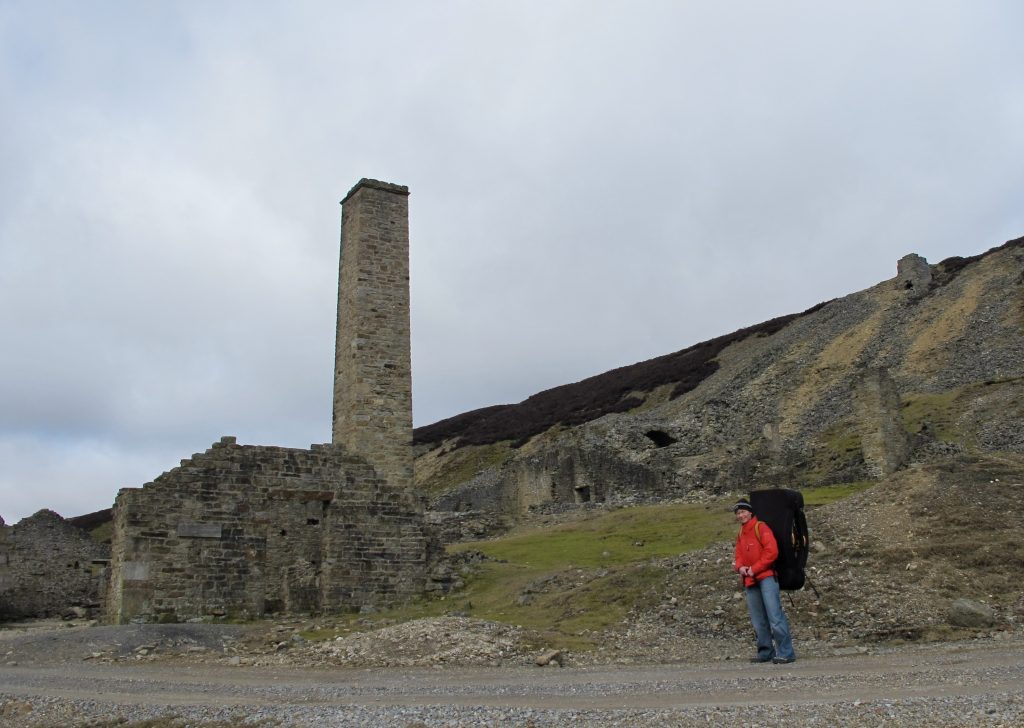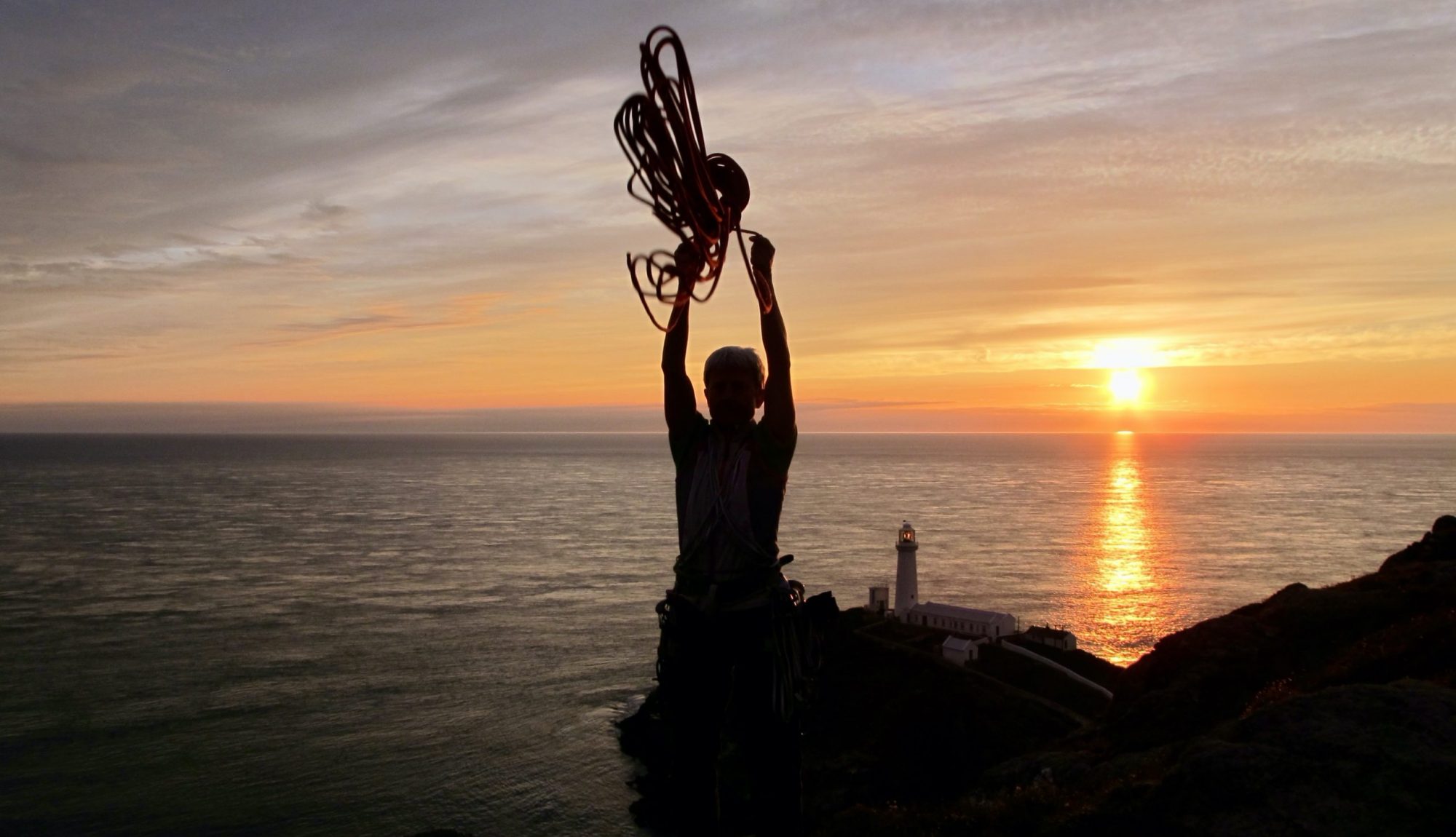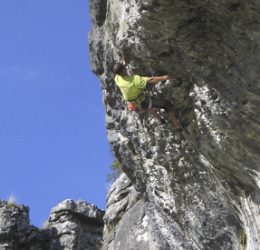
Situation and Character
Perhaps the most remote of all the venues covered in the guide but well worth a visit, this collection of small buttresses and large boulders is situated in a quiet part of the East Pennines at an altitude of over 500 metres. The rock is excellent quality gritstone which has a classic rounded nature and many blind cracks. This gives rise to “smear” problems on both delicate slabs and steep walls. The situation is a suntrap in good weather and a superb quiet setting. A good place to get away from the crowds! It is comfortable to climb here from late spring to early autumn. From a bouldering/soloing viewpoint the landings are not always good, so plenty of pads and spotters could make the day more pleasant. That said and although most of the routes here have been soloed the use of a rope can sometimes be prudent on the bigger climbs.

History
Dave Staton whose routes during trips with the Youth Clubs of Darlington included those on Miners Wall and Calver Face was the first record his activities in the early 1960’s. Bruce Perry added routes to the West side of Luckystrike Buttress. Whilst checking out the crag for the North of England Guide, Ron Kenyon climbed a number of routes in 1978. In more recent times, Karl Lunt has climbed many of the existing routes and added some of his own the best of these being On The Level and Karl’s Arête. FRCC stalwart Ron Kenyon is Mr Wobbly. Alan Dougherty continued the development during the 1990’s with his highlight being the The Emerald Isle, which was named by Steve Crowe thinking he was making the first ascent later in the same decade. Bob Bennett, Mark Turner, Steve Crowe and Karin Magog added many more routes and problems during the 1990’s. Of particular note were the ascents of Their Glorious Wealth the first route to tackle the awesomely steep west wall of the Inclined Buttress, the impressive lead of Blood Red Streets and the highball solo ascent of the classic Sin Feinn. Ian Cummings made an impressive onsight solo repeat of Blood Red Streets above a six foot covering of snow.

Approach
The best approach is by the old flue running up from the Old Gang Smelt Mills. Park at the popular picnic spot where Surrender Bridge crosses Hard Level Gill. A good level track leads west from here above the north side of the river to reach the old mining ruins at NGR 974005. At this point the ruins of an old flue (looking like an old dry stone wall from a distance) runs directly up the hillside northwards over a number of false summits! The crag is not visible until just before the top of the hill. The flue squeezes between The Lumberjack Wall of the Third Flue Buttress on the left, and The Magic Buttress on the right. The approach as described, although not the shortest, is the estates preferred route and anyway may save time spent stumbling aimlessly across the heather clad moors.

Mini Guide PDF

